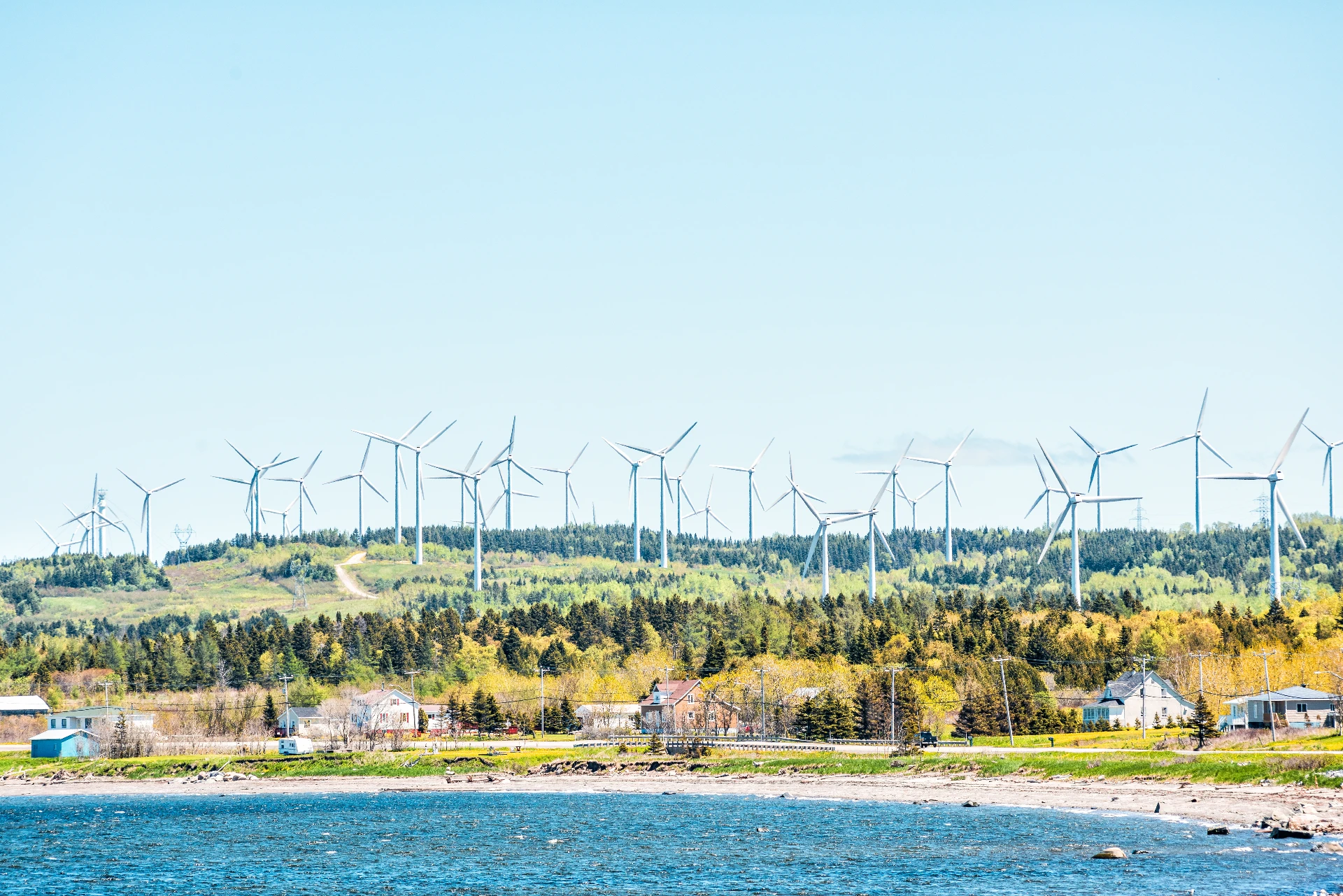Rural innovation: A lever for economic development and driver of social change
The word “innovation” is often synonymous with the adoption of cutting-edge technologies in emerging sectors. This could lead to the belief that innovation in a rural setting does not measure up to innovation in an urban setting. Nonetheless, rural innovation is an important tool to meet the unique challenges of regional economies.

Rural innovation can be defined as the process of creating and adopting ideas, technologies, and practices that improve quality of life; productivity; and economic, social, and environmental sustainability in rural communities.
Facing challenges with creativity
To innovate in a rural setting means to face some constraints. Low population density, distance‑related costs, limited access to transportation infrastructure, and incomplete cellular network and internet coverage can curb innovation. Poor connectivity is also a major hindrance to businesses making the digital shift. This shift is necessary to increase the productivity and reduce the environmental impact of SMEs.
Doing business in a remote region brings other constraints: No access to venture capital, specialized training on starting up a business, or research infrastructure to guide entrepreneurs who launch an innovation project. Being far from large centres and market opportunities can also make it difficult to commercialize innovation.
Recognizing social innovation
In one of its latest reports on the subject, the Organization for Economic Cooperation and Development (OECD) highlights the fact that services being offered in rural regions are closely linked to social innovation. In fact, the OECD considers that social entrepreneurs can not only provide the necessary services for community well-being but can also foster the search for innovative solutions to offer these services in remote regions. This is done by providing local players with the tools needed to fight unemployment and enhance sustainable development, which contributes directly to regional economic development.
OECD interested in rural innovation
At the end of 2022, a CED team welcomed an OECD research mission to the Gaspésie region. This mission was part of an international research project aimed at fostering innovation in rural settings.
The Gaspésie case is interesting for several reasons. As with other remote regions, much of the Gaspésie region’s economy revolves around the exploitation of natural resources. But at the start of the millennium, this economy met with its share of difficulties. The 1992 cod fish moratorium, followed by the successive closures of the Gaspesia paper mill in 1999, the Murdochville copper mine in 2002, and the Smurfit-Stone cardboard factory in 2005 hit the region hard. However, innovation enabled the Gaspésie region to exploit other economic strengths, such as harnessing the wind that rushes through the region’s deep valleys to create the first wind farm in Quebec in 1998.
Wind power propels Gaspésie region forward
In 2005, the construction of the LM Wind Power plant made it possible to structure a veritable innovation ecosystem around wind farming. Other businesses have benefited from the spin-offs: For example, thanks to its presence in this ecosystem and the acquisition of LM Wind Power by GE in 2017, Kuma Brakes is now able to market its wind turbine brake pads on the global market.
The Gaspésie region is also benefiting from several applied research services, thanks in particular to the region’s three college centres for technology transfer (CCTTs): Nergica (renewable energy), Merinov (fisheries, aquaculture, processing and resource recovery), and CIRADD (social innovation and sustainable development). These centres came into being when community stakeholders came together around the idea of combining their forces to optimize the spin-offs in a particular sector.
The Gaspé campus of the Cégep de la Gaspésie et des Îles is also contributing to the development of a science culture among students by giving them the opportunity to participate in work done in the CCTTs. These students are then in a good position to participate in innovative projects by local businesses. By the same token, this helps keep young people in the region and contributes to rural innovation.
In addition to helping the Gaspésie region’s economy get a second wind, innovation has also offered organic solutions to other problems specific to the region. If conditions are favourable, a single innovative element can have a ripple effect, transforming an entire regional economy.
For a more thorough portrait of CED’s activities in the region, check out our portrait of the Gaspésie – Îles de la Madeleine Business Office.